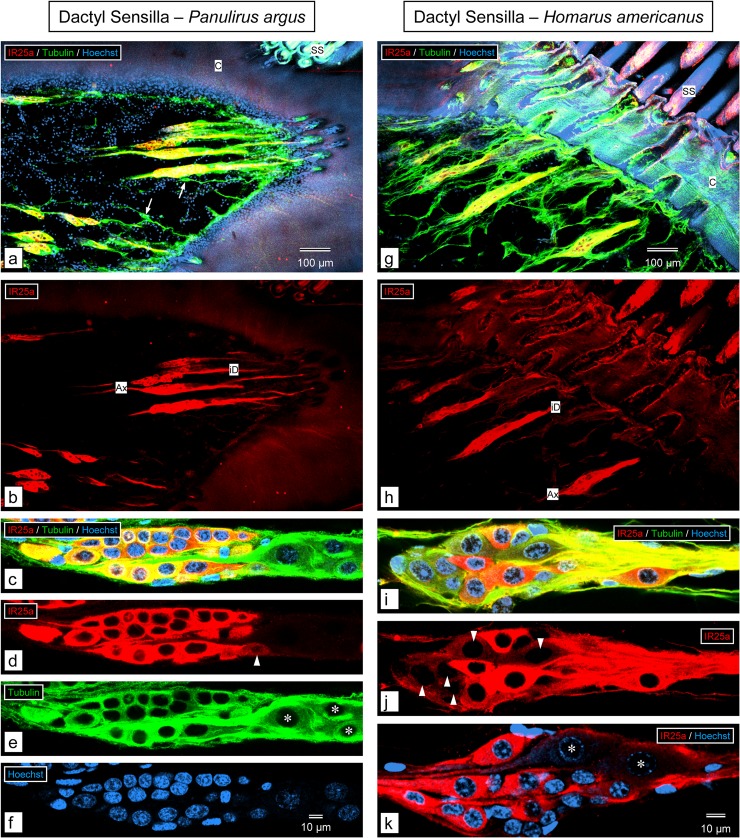Fig 7. Immunolabeling with anti-HaIR25a in the walking leg dactyl.
a–f. Panulirus argus. g–k. Homarus americanus. a, b, g, h. Sagittal sections through distal part (excluding the epicuticular cap) of the dactyl of the 3rd pereiopod labeled with anti-HaIR25a (red), anti-tubulin (green), and Hoechst 33258 (blue) at low magnification (maximum intensity projections of confocal image stacks that are 5–10 μm thick). Scale bar in a also applies to b, scale bar in g also applies to h. a, g. Overlay of all 3 confocal channels. b, h. anti-HaIR25a channel. In both species, the numerically dominant sensilla are smooth setae (SS) organized into large, distinct groups. Each smooth seta is innervated by an elongated cluster of sensory neurons that is more than 200 μm long and about 50 μm in diameter and intensely labeled by anti-HaIR25a and anti-tubulin. Both antibodies label the somata of sensory neurons as well as their axons (Ax) and inner dendritic segments (iD). Note that in P. argus, but not in H. americanus, single bipolar sensory neurons labeled by anti-tubulin but not anti-HaIR25a (arrows) are interspersed between the double-labeled clusters of sensory neurons. c–f, i—k. Two examples of clusters of sensory neurons labeled with anti-HaIR25a (red), anti-tubulin (green), and Hoechst 33258 (blue) at high magnification (maximum intensity projections of two adjacent optical sections of 0.4 μm thickness); scale bar in f also applies to c–e; scale bar in k also applies to i and j. c, i. Overlay of all three channels. d, j. anti-HaIR25a channel. e. anti-tubulin channel. f. Hoechst channel. k. Overlay of anti-HaIR25a and Hoechst channel.

